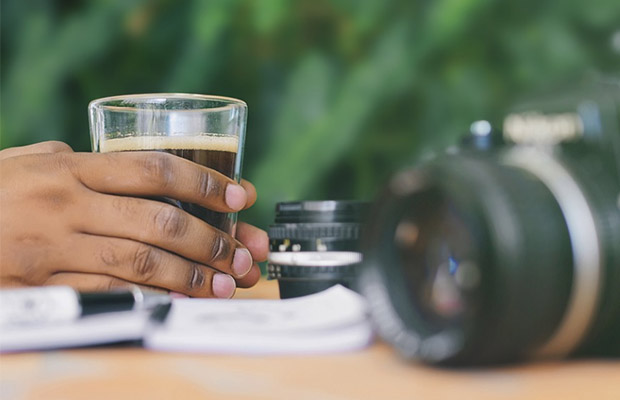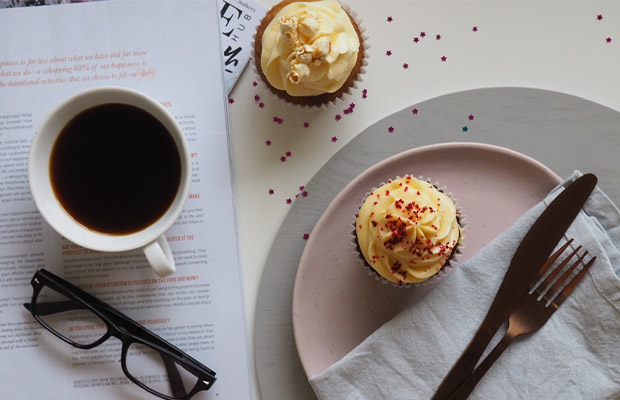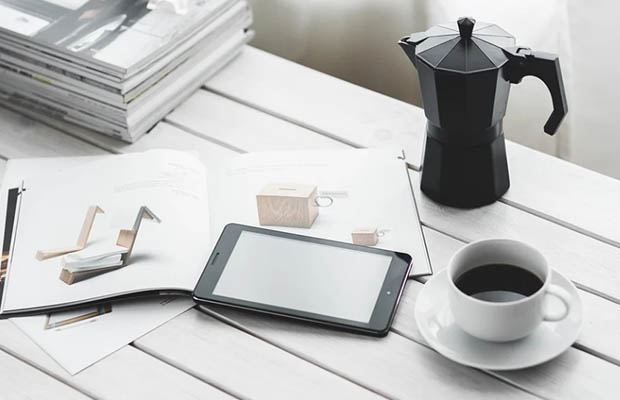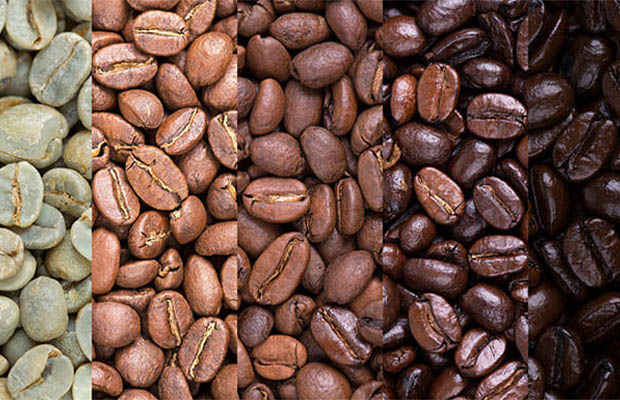After a late night, you might decide to substitute an espresso shot or two for your usual cup of coffee if you’re feeling a little groggy.
Is Espresso stronger than coffee? The short answer is “Yes, it is.“Regular coffee, on the other hand, typically contains 12 to 16 mg of caffeine per ounce, while espresso contains 63 mg. In other words, espresso contains more caffeine per unit of weight.
Espresso tastes more intense because it is a stronger brew than coffee, in addition to the fact that it is consumed black while many people add milk and/or sugar to regular coffee. Read on to learn more if you’re curious as to why.
What Exactly Is Espresso?
Espresso is a potent, bitter, dark coffee that has its roots in Milan, Italy, and dates back to the early 1900s. The name roughly translates to “pressed-out,” which refers to how the fine-ground coffee beans are pushed through an espresso machine using water and steam.
With a thin coating of creamy foam on top, the coffee produced using this technique has a highly concentrated flavor and a lusher appearance.
It’s typical to use a lot of water when making regular coffee in a drip maker using coffee grounds (some can hold up to 12 cups). The coffee is concentrated because an espresso-only needs a shot glass of water, though.
Read More: Best Espresso Beans
Difference Between Espresso And Regular Coffee
Espressos and regular coffee are distinguished from one another by the fineness of the grind and the length of time required for brewing. Beans that have been ground are used to make espresso, which is typically done right in the espresso maker. As a result, the coffee is thicker and can be prepared more quickly than regular coffee.
Depending on the machine, making an espresso can take up to 30 seconds, whereas making drip coffee can take anywhere between three and five minutes.

Does Espresso Have More Caffeine Than Coffee?
How much caffeine is in a coffee cup as opposed to an espresso is a subject of considerable confusion. Yes, a full cup of coffee has more caffeine than one shot of espresso.
However, neither espresso nor coffee are typically consumed in mugs or espresso cups. A single espresso shot typically weighs about 1 ounce, whereas a regular coffee cup can hold between 8 and 24 ounces.
Overall, espresso contains more caffeine per ounce than regular coffee.
Read More: Espresso Beans Vs Coffee Beans
Why Is Espresso Served In Limited Amounts?
Espresso is pressed coffee that is produced using a very small amount of water, which boosts its concentration and gives it a thicker consistency. Due to the fact that it would be unhealthy to consume 8 or 12 ounces of espresso at once, espresso is served in 1- or 2-ounce portions.
Another reason why espresso gets served in small cups is to preserve the crema, which is the signature frothy layer on an espresso. The crema, which indicates that the beans have just been freshly ground, is a crucial component of the ideal espresso. Additionally, an excellent crema will preserve the aromas of the espresso, enhancing flavor.
Why Is Espresso Stronger Than Coffee?
Due to the brewing process, espresso has a stronger, more potent flavor than drip coffee. To be more precise, espresso is stronger than coffee for three reasons:
1. Grounds-to-water Ratio
A lot of coffee grounds must first be extracted into a small amount of water to make an espresso shot. A single shot of espresso requires about six to eight grams of coffee grounds, which means that the water-to-coffee ratio is about two to one. Pour-over coffee has to be made with a 16:1 water-to-coffee ratio, which makes the coffee much weaker.
2. Espresso Uses A Fine Grind
The extraction period is extremely brief because it takes about 25 to 30 seconds to make an espresso. A fine grind is employed to guarantee proper extraction and the creation of a rich, flavorful espresso.
When coffee is finely ground, it takes longer for the water to pass through it, giving the water more time to interact with the coffee and extract its oils and flavors.
3. The Pressure Of The Water
The pressure of the water used to make espresso is another factor contributing to its potency and strong flavors. At a pressure of around 8 to 9 bars, hot water is forced through the coffee bed to create espresso. Since the water can better permeate the coffee grounds under this pressure, it helps with the extraction process.
4. No Filter
Since an espresso machine lacks a filter, a lot of coffee oils end up in the coffee’s brew. The oils found in coffee beans produce the majority of the flavors found in coffee brews.
This implies that brewing techniques that function without filters result in stronger, more intensely flavored coffee brews. A filter is used to make drip coffee, which produces a weaker cup of coffee because a large portion of the coffee oils is held back.
Is Espresso Just Really Strong Coffee?
Blends of particular beans, including the ones we listed above, are used to make espresso. The roast level makes the most significant difference between “regular” coffee and espresso.
The majority of the time, espresso beans are roasted at a medium or dark level; light-roasted espresso beans are extremely uncommon.
If you’re new to espresso or don’t like bitter coffee, choose a medium roast. You’ll get a good balance of flavor and bitterness from a medium roast.
Is An Americano Stronger Than An Espresso?
Depending on how many shots of espresso the barista uses, an Americano coffee has a similar amount of caffeine as a drip coffee. Despite the fact that most cafes only use one espresso shot, many do.
In total, there are 94 to 150 milligrams of caffeine in an Americano.
Final Words
You should have a solid understanding of espresso by this point, so is it the right type of coffee for you? Coffee is an acquired taste, and for most people, it takes a few cups before they start to like it. You can picture the face some people make after the first sip when the concentration and bitterness of espresso are added.
Espresso might taste overpowering if you’ve never had coffee before. Having said that, after a few sips, you will probably grow to enjoy the flavor.




